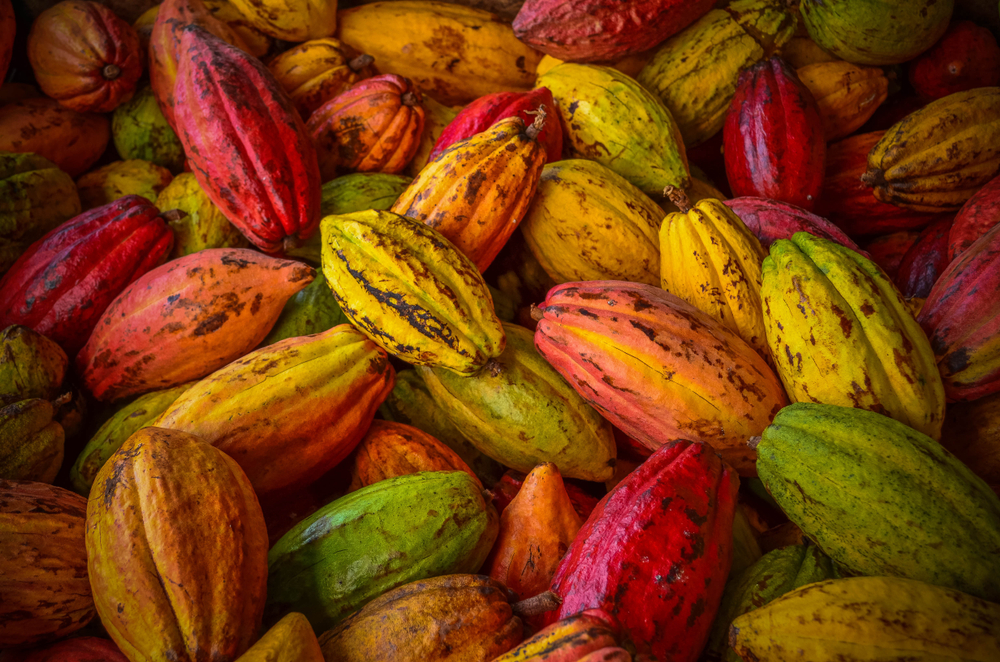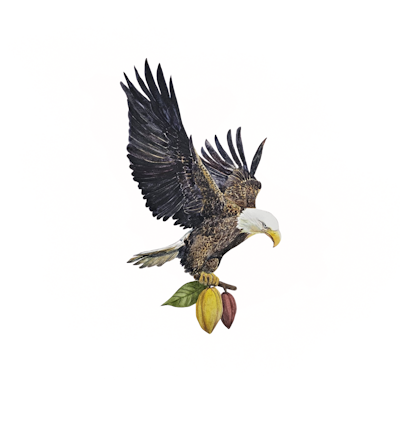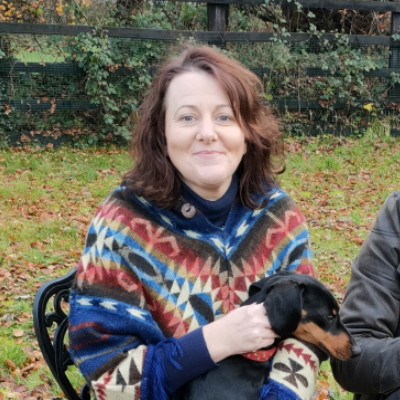
History of Cacao in Central and South America
Ceremonial cacao has a rich history rooted in indigenous traditions. Cacao has been cultivated for thousands of years in South and Mesoamerica and in more recent centuries in Africa, Indonesia and the Caribbean. The Olmec, Mayan, Aztec and Inca civilizations in South America revered Cacao as a sacred plant with spiritual and ceremonial significance.
The strongest paleobotanical and phytogenetic research indicates the Cacao originated in the Amazon basin, somewhere around Peru/Ecuador/Colombia. It has been cultivated for more than 3000 years by local indigenous communities of the Amazon Rainforest and the tradition continues today.
It was brought Northward probably via trade by the Olmecs, the earliest known civilization in Mesoamerica, who inhabited the region of what is now known as the Gulf of Mexico from about 1500 BC to 400 BC. They were the first to cultivate Cacao trees in that region. (They had a sophisticated agricultural system and were likely the first civilization in the region to cultivate maize too). They used Cacao as an aphrodisiac (woohoo!) as well as a mood-booster and stimulant.
The Mayan culture (from 2000 BC to 1500 AD) believed that cacao had spiritual qualities. They associated it with various deities and considered it a sacred plant. They believed Cacao to be a gift from a feathered serpent God known as Kukulkan. Cacao beans were often used as currency and were even included in burial rituals as an offering to the gods.
When the Aztecs came to power in the 14th century, they established a vast empire in the valley of Mexico and as a result inherited the traditions and knowledge of the earlier civilisations. They also recognised the medicinal values of Cacao and incorporated it into their healing practices. They used it to treat a wide variety of physical illnesses including fever, coughs and gastrointestinal ailments.
The Inca Empire was a vast pre-Columbian civilisation in the Andean region of South America, reaching its peak during the 15th and 16th century. At its height it encompassed present day Peru, Ecuador, Bolivia, Chile and Argentina.Though the Incan connection to Cacao was not as prominent as that of the Maya or Aztec, Cacao still held ceremonial and cultural significance.
The medicinal use of Cacao was not limited to South American civilisations. European explorers and colonists who encountered this amazing plant recognised its potential as a medicine. Spanish Physician Francisco Hernandez traveled to Mexico in the 16th century observed the Aztecs’ use of Cacao and documented its medicinal properties. For more information on this history – you can see this link: https://jn.nutrition.org/article/S0022-3166(22)14379-8/pdf
The colonisation of South America and the global movement (literal) of Cacao are closely intertwined. During the period of European colonisation by Spain and Portugal, which began in the late 15th century, the settlers encountered Indigenous people already growing and using Cacao. They weren’t long in recognising Cacao’s value as a food and trade commodity. The Spanish conquistadors in particular established plantations in their colonies in Central America and the Northern territories of South America. The Spanish transported Cacao beans back to Europe where it gained popularity as a luxury commodity among the European elite.
The Colonisation of South America and the movement of Cacao had profound social, economic and cultural impacts. The Introduction of European agricultural practices and the establishment of larger plantations transformed the landscape and disrupted traditional indigenous farming systems. The forced labour used by the colonists in all kinds of plantations and in mines led to significant suffering and loss of life. The demand for produce and other resources from south and central America also expedited the expansion of the colonies.
It’s worth understanding the historical context so we in the west don’t recreate some of these problems again. We need to learn to tread softly when dealing with Cacao or other foods and medicines from outside Europe.


Bali and Borneo
Cacao was introduced to Indonesia by the Dutch East India Company in the early 17th century and large-scale cultivation began in Java in the 18th century. Indonesia has a lot of volcanic ash in its soil similar to Mexico and Guatemala so the Cacao plantations thrived. Cacao was primarily cultivated for the European market.
The Dutch introduced many Cacao varieties resulting in a diverse range of Cacao flavours and characteristics . Production in Indonesia has steadily increased over the years and it is now one of the world’s largest Cacao suppliers.
In more recent years there has been a growing focus on sustainable and speciality Cacao production in the region. Efforts are now being made to promote organic farming practices, improve fermentation and drying techniques and enhance the quality of the beans.
Saoro’s Partners Kalimajari Cooperative have some of the very first Organic plantations in Indonesia in the Jembrana region of Bali.
The Indonesian government, in collaboration with various organisations, has been supporting cacao production in indigenous Dayak communities in Kalimantan Borneo through initiatives aimed at improving farming practices and ensuring sustainability. In addition to the economic benefits for these communities, sustainable cacao production also contributes to rainforest conservation and agroforestry efforts in the region. By integrating cacao with other crops and trees farmers are promoting biodiversity in a way that positively impacts their livelihoods and creates new canopy.
Africa
A brief note about Africa and mass-produced cocoa for chocolate: the introduction of Cacao in Africa didn’t happen until the late 19th century when the Portuguese began to establish plantations in their African colonies. They brought Cacao pods from Brazil and planted them in West Africa. Britain, France and Belgium followed in countries like Ghana, Nigeria, Cameroon, Tanzania and Uganda.
During the 20th century Cacao production continued to expand. The favourable climate and availability of land made Africa an attractive region for cultivation. Local farmers adopted modern farming techniques to improve the quantity of production. Most of the world’s biggest chocolate manufacturers are supplied by these countries including Nestle, Barry Calebaut, Cargill and Mars. However the Cacao industry in Africa has faced many challenges and controversies over the years. The historical legacy of colonialism and exploitative labour practices associated with plantation agriculture were prevalent in these plantations. Issues such as child labour, low wages and environmental concerns have plagued the industry and have been the subject of much international attention. The above large corporate entities continue to control the cacao trade in Africa leading to exploitation of the people, the land and cacao in an unsustainable way. With the help of more conscious organisations there are thankfully now small moves towards sustainability and best practices in some regions. Saoró has discovered some beautiful African Cacao’s from Sierra Leone and Uganda which are Rainforest Alliance and Fair Trade approved! Its important to us to support these projects and help them expand further. Saoró will do this by incorporating these organic cacaos into our new Barista range.

Cacao Preparation & Practices in Indigenous Traditions
In indigenous traditions, ceremonial Cacao is prepared and consumed in a ritualistic manner to facilitate healing, spiritual connection, and personal transformation. Here are some key aspects of indigenous traditions surrounding ceremonial cacao:
- Preparation: Indigenous communities have specific methods for preparing ceremonial Cacao. The Cacao beans are typically fermented, roasted, and ground (conched) into a paste. Sometimes, additional ingredients like spices, herbs, or flowers are added to enhance the flavor and effects.
- Spiritual Connection: Ceremonial Cacao is used as a means to connect with the spiritual realm and facilitate introspection. It opens the heart and activates a deeper connection to oneself, others, and the natural world. The consumption of Ceremonial Cacao is often accompanied by prayers, chants, or other sacred rituals.
- Shamanic Practices: In some indigenous traditions, a shaman or spiritual leader guides the Ceremonial Cacao experience. The shaman holds a sacred space, leads prayers, and provides guidance throughout the ceremony. They may also incorporate other shamanic practices such as drumming, singing, or energy work.
- Healing and Emotional Release: Ceremonial Cacao is often used for emotional healing and releasing stagnant energy. It helps individuals process and release negative emotions, trauma, and blockages. Participants experience a range of emotions during the ceremony, and the Cacao is seen as a catalyst for this healing process.
- Community and Connection: Ceremonial Cacao is often consumed in a communal setting, bringing people together in a shared experience. The ceremony fosters a sense of unity, trust, and support among participants. Indigenous communities view Cacao ceremonies as a way to build and strengthen community bonds.
- Indigenous communities like the Shipibo in Peru consider Cacao as a cure for respiratory and heart conditions and used it in large amounts during Covid in recent years.
It’s important to note that the specific practices and beliefs surrounding Ceremonial Cacao can vary among different indigenous cultures. Each community may have its own unique traditions and rituals associated with Cacao ceremonies. Additionally, the modern practice of Ceremonial Cacao, while influenced by indigenous wisdom, incorporates elements from other spiritual practices and healing modalities.

